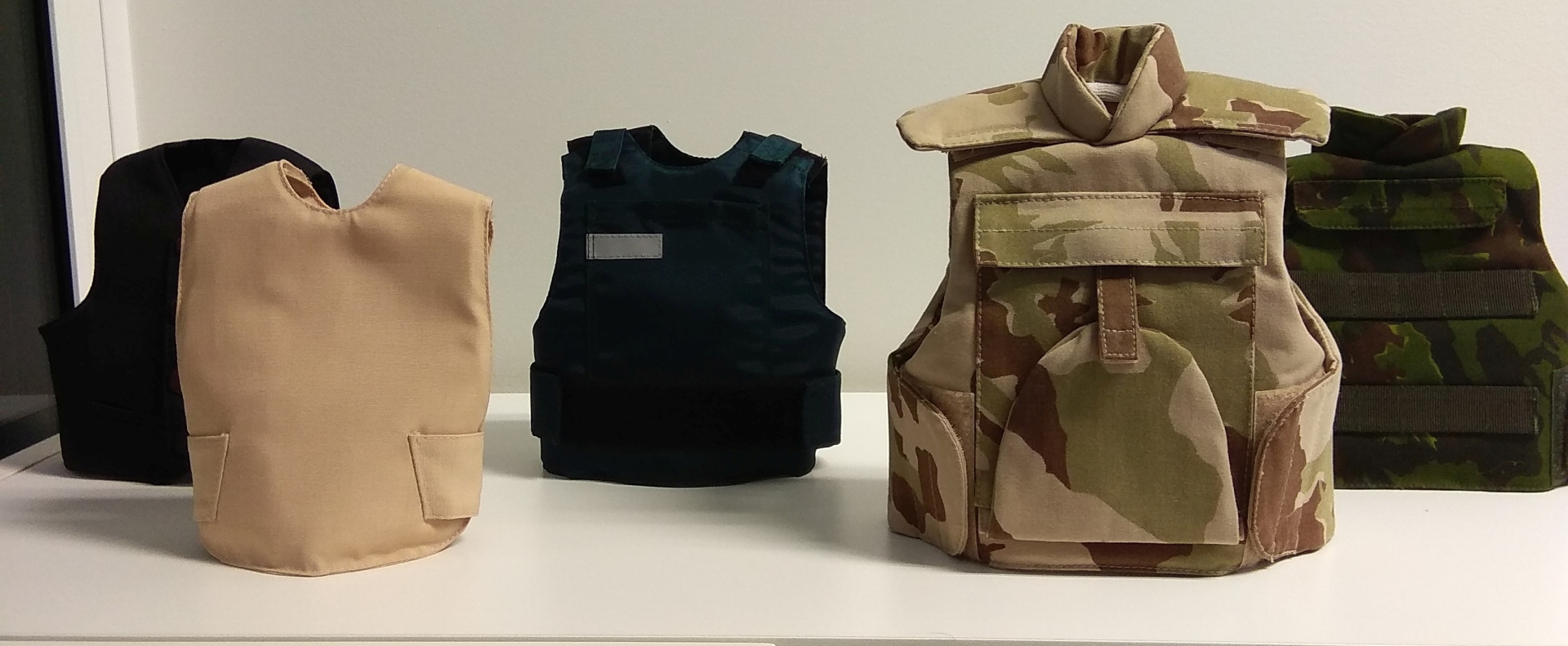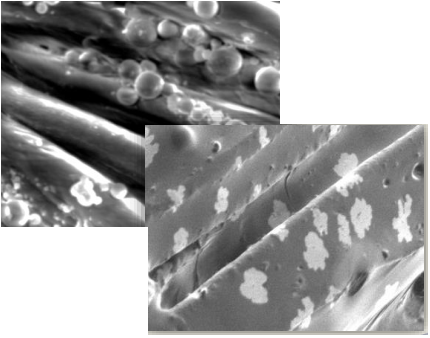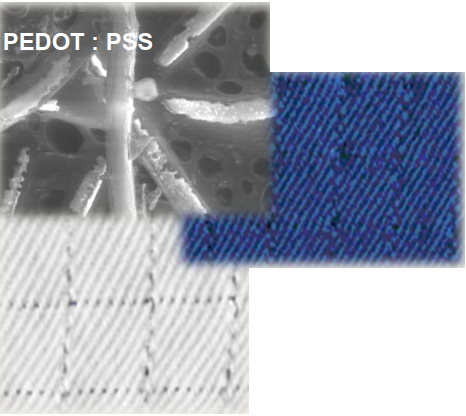PROTECTIVE TEXTILE DEVELOPMENT
Research and development of protective clothing is a critical scientific field dedicated to ensuring human safety against various health and life-threatening risks. These studies encompass both theoretical and experimental aspects to create effective and functional protective textiles.
Protective Clothing Research:
- Conduct theoretical and technological studies to develop textiles that protect against ballistic impact, electromagnetic radiation, and other health and life-threatening risks.
- Apply multi-scale numerical analysis of woven structures and flexible unidirectional composites.
- Assess the potential use of new materials such as polymethyl methacrylate, carbon nanotubes, and graphene derivatives in creating next-generation protective clothing.
- Develop technologies that ensure long-term protection from electromagnetic radiation by applying nanostructured compounds and chemical surface modification of fibers.
Research Methods:
- Theoretical Studies:
- Analyze heat and mass transfer processes using multi-scale numerical models.
- Investigate elasticity, strength, plasticity, and fracture phenomena in woven structures and flexible composites within real multilayer textile structures.
- Experimental Studies:
- Develop smart textile materials and products by integrating wearable electronics.
- Predict and test the functional properties of protective clothing.
- Examine the ability of textile materials to transmit or alter electrical signals.
Practical Applications:
- Ballistic Vests:
- Develop ballistic vests that provide high protective properties while being lightweight and comfortable to wear.
- Test the functionality and ergonomics of vests to ensure maximum safety and comfort.
- Smart Protective Clothing:
- Create smart protective clothing by integrating new materials, wearable electronics, and IT systems.
- Aim to develop garments that not only protect but also offer additional features such as body condition monitoring.




